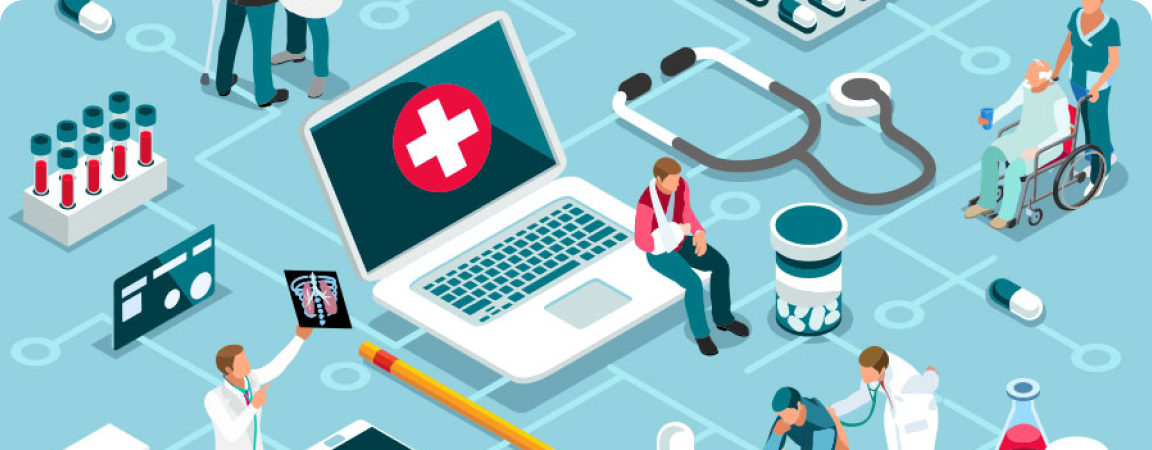October 17, 2022 | 7-minute read
The 7 Levels of Digital Care: Getting Leaner and Boosting Revenue

October 17, 2022 | 7-minute read

By Monica Bolbjerg, MD, co-founder and CEO of Qure4u
Among the lessons our industry has prioritized the past two years is that healthcare needs more consumer-friendly technologies and processes.
We see that innovation everywhere else – banks, airlines, travel, entertainment, dining – but until very recently, healthcare had been reluctant to join the party.
Change is happening, though, and there is a growing movement toward digital care at scale.
I’ve worked with digital care technology as an MD and IT innovator for two decades, and I’ve seen the impressive ROI that comes from implementing consumer-friendly technology at scale. Conversely, I’ve seen what happens when organizations choose to delay implementation – they struggle to meet goals and often see their competitors thriving.
Those that fail typically fall into one of two categories:
I created The 7 Levels of Digital Care to help organizations successfully manage the rollout. The 7 Levels outline a recommended implementation order to help your organization prepare for each step.
It’s worth noting that it’s not necessary to implement every tool listed under each step, but it is recommended that you implement at least one tool from each level.
Developed by Qure4u founder and CEO Monica Bolbjerg, MD, The 7 Levels of Digital Care offer a comprehensive perspective on how digital technologies can be scaled to work together to best serve the unique needs of patients by putting the emphasis on clinical decision-making and ease of use.
Before you go on the journey to Level 7, here are some things to consider:
Note: Based on a 40-provider group
Level 1
Test results can be viewed online. Patients are reminded about appointments.
Level 2
Automates pre-registration tasks. Ensures all documents are in the chart for billing. One-click check-in for front desk staff.Copays and balances are pre-paid. Speed up patient flow. Virtual visits begin.
Level 3
Save staff time on scheduling appointments. Attract new patients. Improve data collection from screeners. Delight patients with better arrival experience.
Level 4
Level 5
Capitalize on Remote Patient Monitoring revenue. Help patients in a “modern” way and create a better patient experience. Expand market reach and decrease patient churn. Ensure patient compliance at home.
Level 6
Allow a smaller care coordination team to manage a large population with at-home care.
Level 7
Improve outcomes by providing more sophisticated data to the providers. Report on outcomes for value-based or risk contracts.
Your staff, your patients, and your community make your organization unique, which means your needs are unique, as well. I want you to embrace that reality and make decisions that empower you to succeed, prosper, and deliver the best care possible.
The 7 Levels of Digital Care were created to help you do exactly that.
Qure4u Inc. 2024